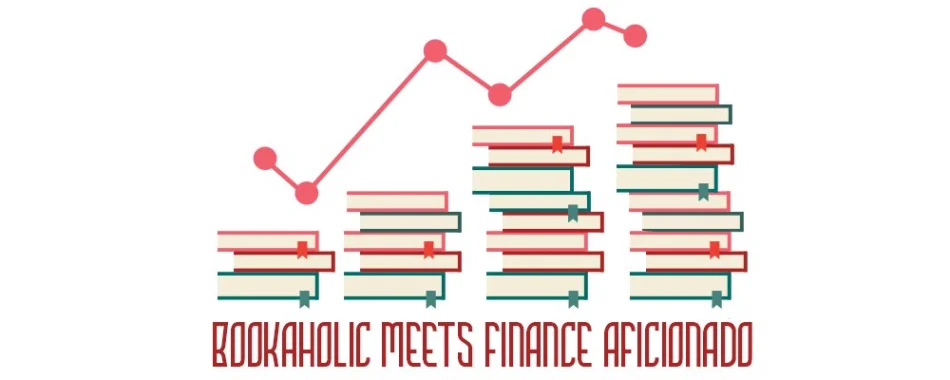DISCLAIMER: Chief Economic Advisor Arvind Subramanian has in collaboration with IIT Delhi started a course on “CONTEMPORARY THEMES IN INDIAS ECONOMIC DEVELOPMENT AND THE ECONOMIC SURVEY “. I would be doing a write-up based on every module. Hope that it’s informative.
MODULE 1: GLOBAL AND INDIAN ECONOMIC HISTORY
To understand today’s economic scenario we need to understand the economic history of India and of this huge world. World history comprises of 2000 years divided into 3 parts. Malthusian stagnation for 1000 years and then coming out of it and entering into industrialization. Coming out of Malthusian stagnation saw a period of divergence of North America and Western Europe from the rest of the world( they had a rise in standard of living).Asia started catching up the 1980s and hence convergence began.
There is a famous concept in economics of reversal of fortune. In the 1500s the countries which were rich have now become poor and those who were poor than have become rich now. India a case of it. During 1500s the richest dynasties were Ming China, Mughal India, and Aztec Mexico.
As per World Banks definition India is a lower middle income nation ($1026-$4035) and China is an upper middle income nation ($4036-$12475). Poverty with context to India is an important factor but we need to remember that 1$ can help you getting more in India than In the US. This concept is purchasing power parity as per which poverty line is defined as $1.90(PPP) per day.
Since WWII only 13 nations have transitioned from low income countries to high income status. China is stuck in the middle income trap and India is in the low income to middle income bracket. Some of those 13 nations are Singapore, Hong Kong, Ireland, Israel and Korea.
There’s a famous curve the elephant curve which states the Indian and Chinese middle class and the super-rich in advanced countries have done well. In contrast the poor in poor countries and the middle class in rich countries have done poorly.
Indian independence comprised of three thinkers: Gandhi, Nehru and Patel. Nehru ji believed in industrialization and importance of state. Gandhi ji believed in self-reliance, a small independent communities and was anti industries. Patel was pro agri and business. Though at the end of the day we ended up following Nehruvian ideology because that was what the Indian market wanted. As per Bombay Plan of mid 1944 leading industrialists proposed state led industrialization and protection from foreign companies.
Every economy goes through 3 stages agriculture, manufacturing, and service sector. China being a communist state extracted savings from agriculture to finance investment. Whereas India couldn’t do as due to Patel we had made agricultural income tax free. Hence there was a Cruel Choice in front of India Freedom OR Growth? Hence India ended up having low savings. In the early 1960’s we used to get aid from western countries as we were there darling because they wanted democracy to succeed. Then we had one more Cruel Choice Consumption today OR consumption tomorrow?
India started having a equity phobia towards large businesses. Due to self-reliance nor did they let too much imports and with the help of licensing they even did not let domestic industries grow.
Our economic history can be divided into 4 phases
1. 1950-1980 when we had 3.4% economic growth and 1.3% per capita growth rate.
2. 1979-2003 5.5% economic growth and 1.3% per capita growth rate
3. 2003-2011 7.6% economic growth rate and 6.1% capita growth rate
4. 2011- present
India introduced reforms in 1991 but various economists believe that we had started leaving the Hindu growth rate of 2-3% from the 1980’s only. India and china had a turnaround in growth at the same time it’s just that they grew faster. In 80’s India opened up internal market but in 90’s it opened up the external market.
FDI basically refers to proving high skill technology and finance. India not only imports it but also exports it. We as a country are doing skill intensive activities in manufacturing in comparison to China. In regarding to portfolio investment China is much more closed than us.
To access the videos click on the below links!
https://www.youtube.com/watch?v=Yym8_1vqNvU

Well researched.
LikeLiked by 1 person
Thank you so much ! 😀
LikeLike
Got a glimpse of our economy…economics student?
LikeLiked by 1 person
I am studying Bcom ( hons ) from Delhi university .! Economics is my second love after it !
LikeLiked by 1 person
Nice to know!!
LikeLiked by 1 person
It’s amazing to visit this web site and
reading the views of all mates concerning this article, while I am also zealous
of getting knowledge.
LikeLiked by 1 person